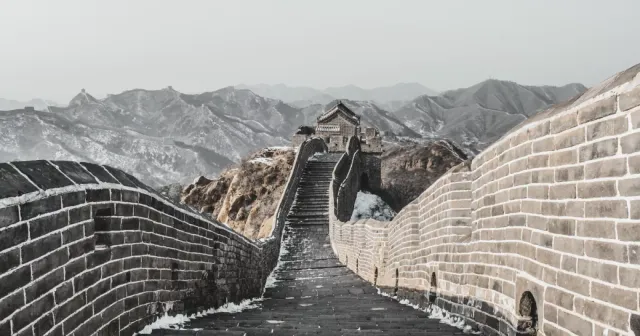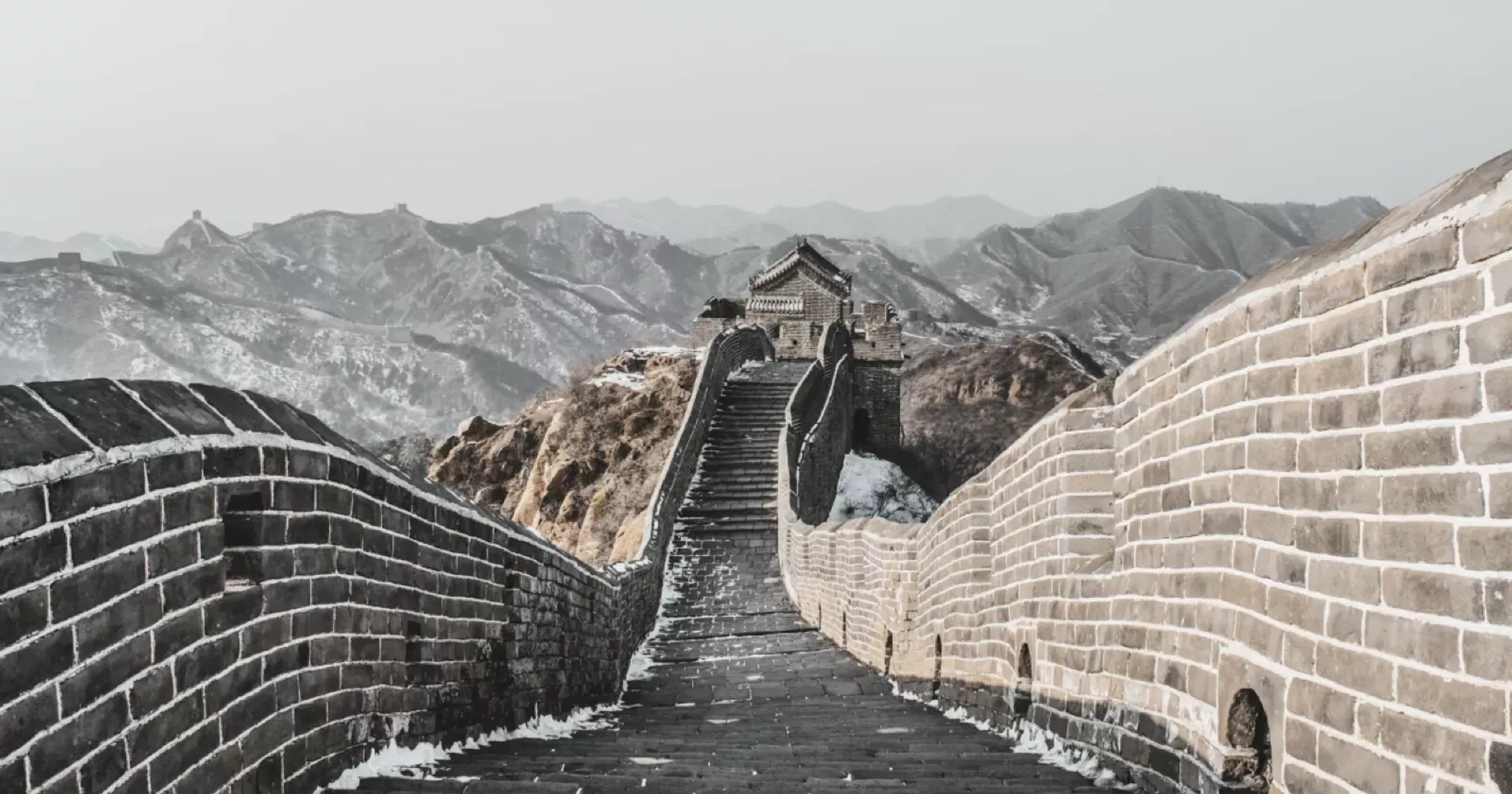The Western Regions (simplified: 西域, traditional: 西域, pinyin: Xīyù, jyutping: sai1 wik6) encompass the vast frontier territories west of China proper, serving as a crucial crossroads of cultures, martial arts traditions, and political influences. These regions stretch from the edges of the Chinese heartland to the borders of Central Asian empires, including territories that connect to the Khwarezmian Empire and other distant powers.
The Western Regions represent adventure, mystery, and cultural diversity. Characters who venture into these territories encounter unique martial arts systems, exotic customs, and political complexities that contrast sharply with the more familiar patterns of the Chinese jianghu.1 The regions serve as testing grounds where heroes prove their adaptability and where Chinese martial artists encounter the broader world beyond their traditional boundaries.
The Western Regions embody themes of cultural exchange, political frontier challenges, and the expansion of martial arts knowledge through contact with diverse fighting traditions. They represent the edges of the known world where conventional rules may not apply and where extraordinary adventures become possible.
Overview
The Western Regions encompass diverse geographical zones that create distinct challenges and opportunities:
Desert Territories:
- Taklamakan Desert: Vast sand desert presenting extreme survival challenges
- Gobi extensions: Rocky desert regions with sparse water sources
- Oasis settlements: Isolated communities dependent on underground water
- Salt lakes: Mineral-rich bodies of water supporting limited ecosystems
Mountain Systems:
- Tianshan Mountains: High peaks creating natural barriers and climate zones
- Kunlun Range: Southern mountains controlling access to Tibet and India
- Pamir Plateau: Western highlands connecting to Central Asian empires
- Mountain passes: Strategic routes enabling trade and military movement
The harsh environment of the Western Regions creates unique conditions that influence both daily life and martial arts development. The regions operate under a complex system of semi-independent city-states and tribal confederations, maintaining complex relationships with surrounding empires and Chinese dynasties.
History
Ancient foundations
The Western Regions have served as crossroads of civilizations for millennia, with various empires and kingdoms establishing control over different periods. The regions’ strategic location made them crucial for trade and military purposes.
Cultural exchange periods
Throughout history, the Western Regions facilitated cultural exchange between East and West, serving as conduits for the transmission of ideas, technologies, and martial arts traditions. This exchange enriched both Chinese and Central Asian cultures.
Political evolution
The regions experienced frequent changes in political control, with Chinese dynasties, Central Asian empires, and local powers competing for dominance. These political shifts created opportunities for martial artists to serve various masters and develop new techniques.
Inhabitants
Major Cultural Groups
- Turkic peoples: Nomadic and settled communities with cavalry traditions
- Persian communities: Urban populations with sophisticated administrative systems
- Mongol tribes: Nomadic groups with exceptional horsemanship and archery
- Chinese settlers: Merchants and officials maintaining homeland connections
- Buddhist communities: Religious groups preserving Indian and Central Asian traditions
- Islamic populations: Communities connected to broader Islamic world
Martial arts abilities Practitioners
- Desert survival specialists: Combat methods adapted to harsh environmental conditions
- Mounted combat experts: Fighting styles optimized for horseback warfare
- Exotic weapon masters: Specialists in weapons reflecting local materials and fighting needs
- Religious martial artists: Combat techniques integrated with spiritual practices
Notable Locations
- Sacred sites: Buddhist cave complexes, Islamic shrines, Daoist hermitages
- Historical landmarks: Ancient fortress ruins, burial grounds, battle sites
- Natural wonders: Crystal lakes, ice caves, thermal springs, wind valleys
Behind the scenes
The Western Regions in Jin Yong’s novels represent the author’s exploration of cultural diversity, frontier challenges, and the expansion of Chinese martial arts traditions through contact with the broader world. These territories provide essential settings for adventures that test heroes while expanding readers’ understanding of cultural complexity.
Historical foundation
The historical Western Regions (西域) referred to the areas west of the Yumen Pass (玉門關), encompassing much of what is now Xinjiang and parts of Central Asia. The Chinese term “Xiyu” was first formally used during the Han Dynasty (206 BCE - 220 CE) to describe territories that were culturally and geographically distinct from the Chinese heartland.
During the Han Dynasty, China established the Protectorate of the Western Regions (西域都護府) around 60 BCE, marking the first direct Chinese administrative control over these territories. The protectorate consisted of various vassal states, city-states, and Han garrisons under the authority of a protector-general appointed by the imperial court.
The historical Western Regions were crucial to the Silk Road trade networks that connected China with Central Asia, the Indian subcontinent, and ultimately the Mediterranean world. Major historical cities included Kashgar, Turpan, Khotan, and Kucha, many of which served as important stops for merchants, diplomats, and Buddhist monks traveling between China and the West.
Cultural and religious diversity
Historically, the Western Regions were characterized by extraordinary cultural and religious diversity. The population included Indo-European speaking Tocharians, various Turkic groups, Persian communities, and Chinese settlers. Buddhism was dominant in many areas, particularly along the southern Silk Road routes, but the region also contained Zoroastrian, Manichaean, Nestorian Christian, and later Islamic communities.
This diversity created a unique environment where different cultural traditions interacted, competed, and synthesized in various ways. The region became famous for its religious art, particularly Buddhist cave paintings and sculptures, as well as for its role in transmitting Buddhism from India to China.
The region’s position as a crossroads made it both politically unstable and culturally dynamic. Various Chinese dynasties, Central Asian empires, Tibetan kingdoms, and Islamic powers competed for control, creating a complex political landscape that changed frequently throughout history.
Jin Yong’s literary adaptation
Jin Yong’s portrayal of the Western Regions draws on this historical foundation while adapting it for narrative purposes. The author emphasizes the region’s role as a frontier zone where Chinese martial artists encounter different fighting traditions, cultural practices, and political systems.
In The Book and the Sword, the Western Regions serve as the setting for complex political intrigue involving the Qing Dynasty’s expansion and local resistance movements. The novel explores themes of cultural identity, political resistance, and the challenges of maintaining traditional ways of life under imperial pressure.
White Horse Neighing in the West Wind uses the Western Regions to explore themes of love, loss, and cultural misunderstanding. The region’s harsh environment and cultural complexity provide a backdrop for examining how personal relationships are affected by broader political and cultural forces.
Martial arts and cultural exchange
Jin Yong’s depiction of Western Regions martial arts reflects his interest in how fighting systems develop through cultural contact and environmental adaptation. The author imagines martial arts traditions that combine Chinese internal cultivation methods with Central Asian mobility and Middle Eastern weapon techniques.
The region’s harsh environment is portrayed as creating practitioners with exceptional endurance and adaptability. The need to survive in desert conditions, navigate complex political relationships, and interact with diverse cultural groups produces martial artists with broad skill sets and flexible approaches to combat.
The author also uses the Western Regions to explore how Chinese martial arts philosophy might be enriched through contact with other traditions. Characters who train in these regions often return with expanded perspectives on martial arts principles and fighting strategies.
Literary significance
The Western Regions serve multiple functions in Jin Yong’s work beyond simple exotic settings. They provide opportunities for exploring themes of cultural tolerance, the challenges of frontier life, and the benefits of intellectual and martial arts exchange.
The regions also allow Jin Yong to examine how Chinese cultural values and martial arts traditions might adapt to different environments and social conditions. Characters who succeed in the Western Regions typically do so by combining Chinese virtues with the flexibility and adaptability required for frontier life.
The portrayal of these regions reflects Jin Yong’s broader interest in presenting Chinese culture as part of a larger, interconnected world rather than as an isolated system. The Western Regions represent the edges of this world where new possibilities emerge through cultural contact and mutual adaptation.
See also
- The Legend of the Condor Heroes locations # TODO: Update with actual slug if exists
- Jin Yong locations
External links
- Western Regions on Wikipedia
- Xiyu (Western Regions) on Chinese Wikipedia (Chinese)
- Protectorate of the Western Regions on Wikipedia
- Silk Road on Wikipedia
Footnotes
-
江湖 – jiānghú. The world of martial arts. A sub-society involving all who are related to the martial arts scene. What is jianghu? ↩

